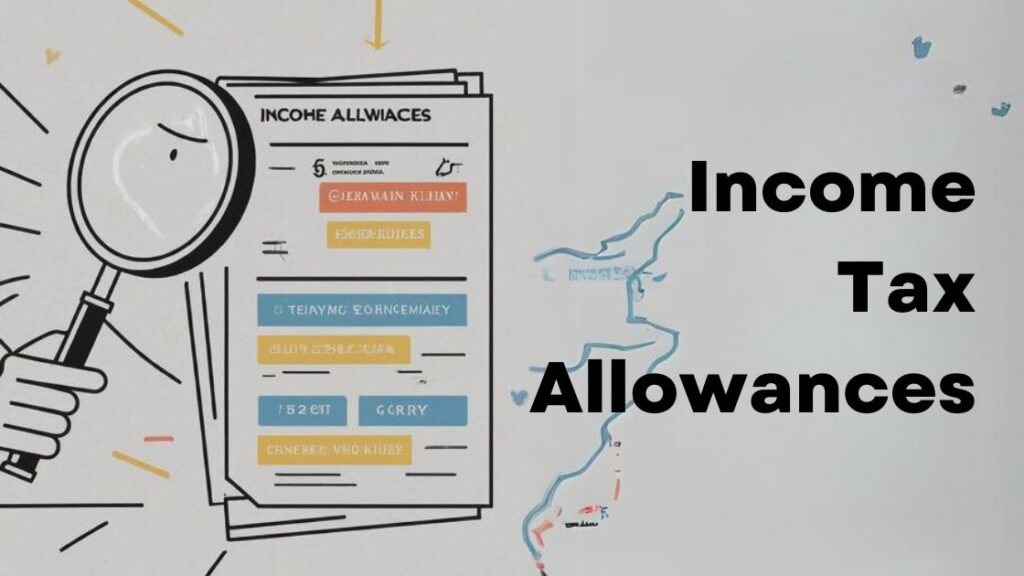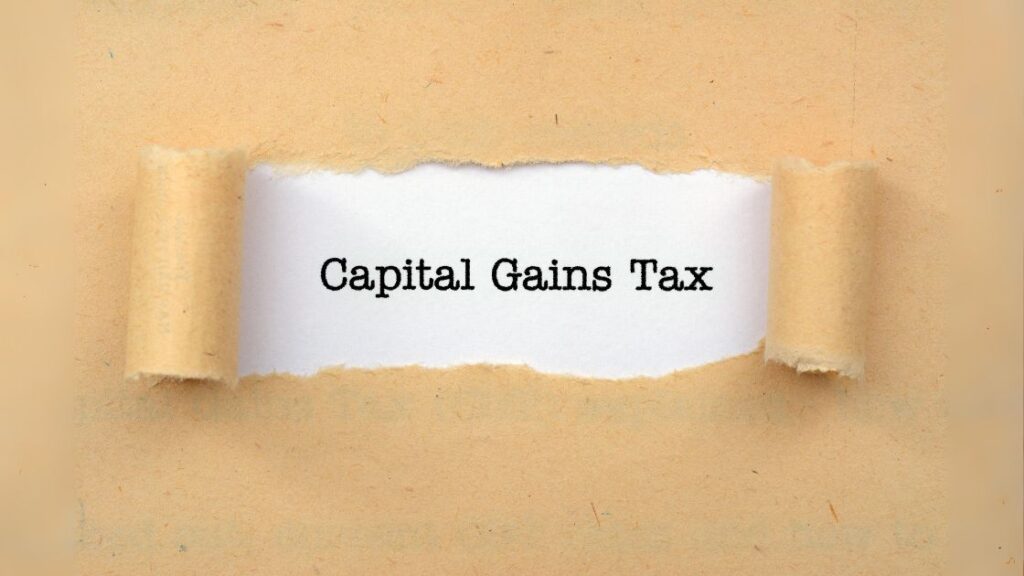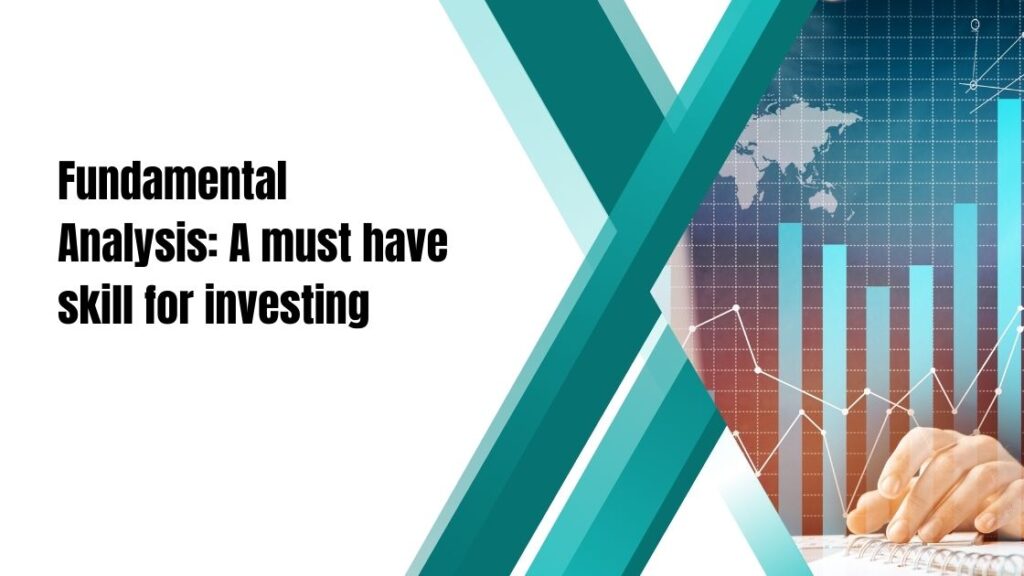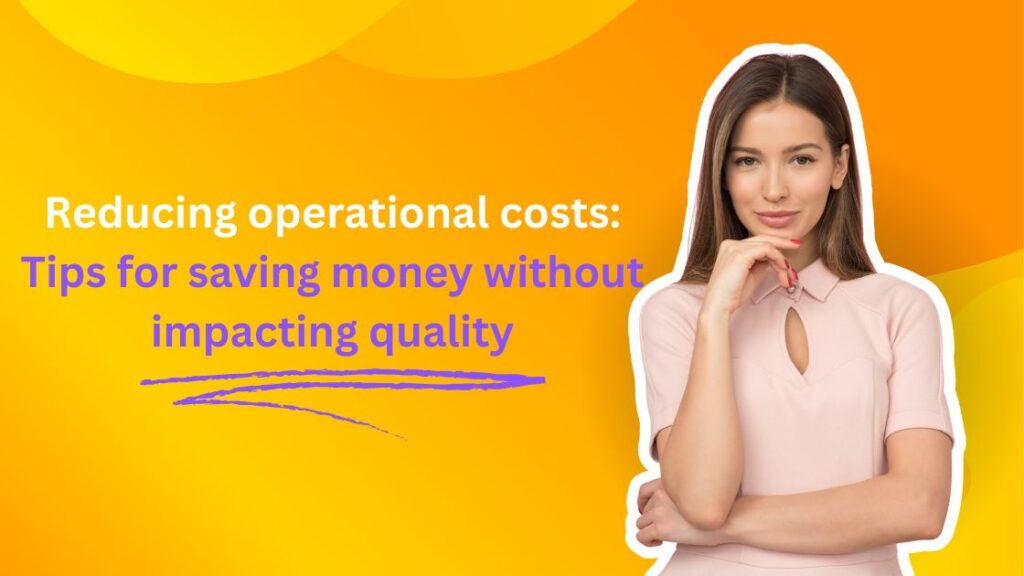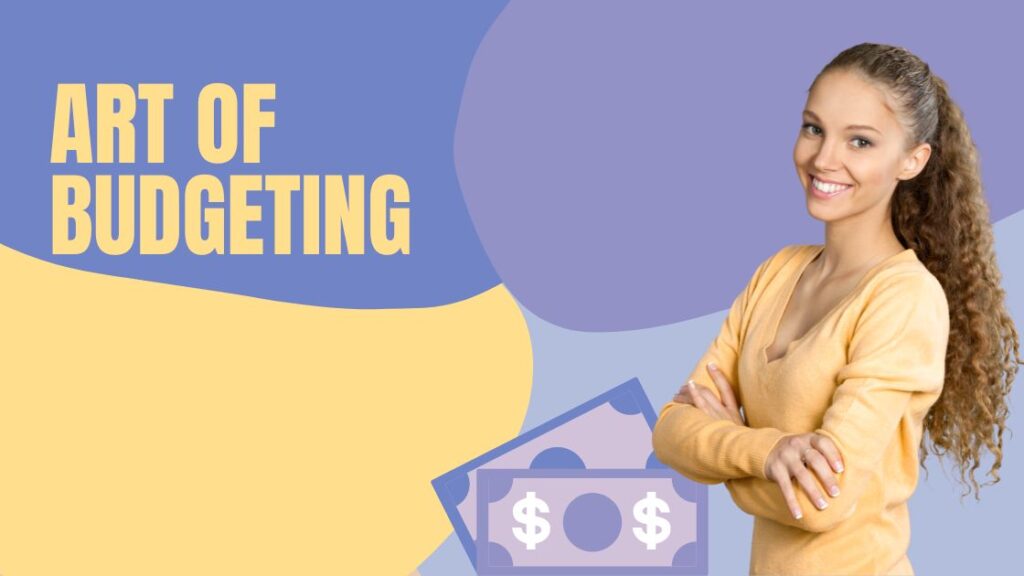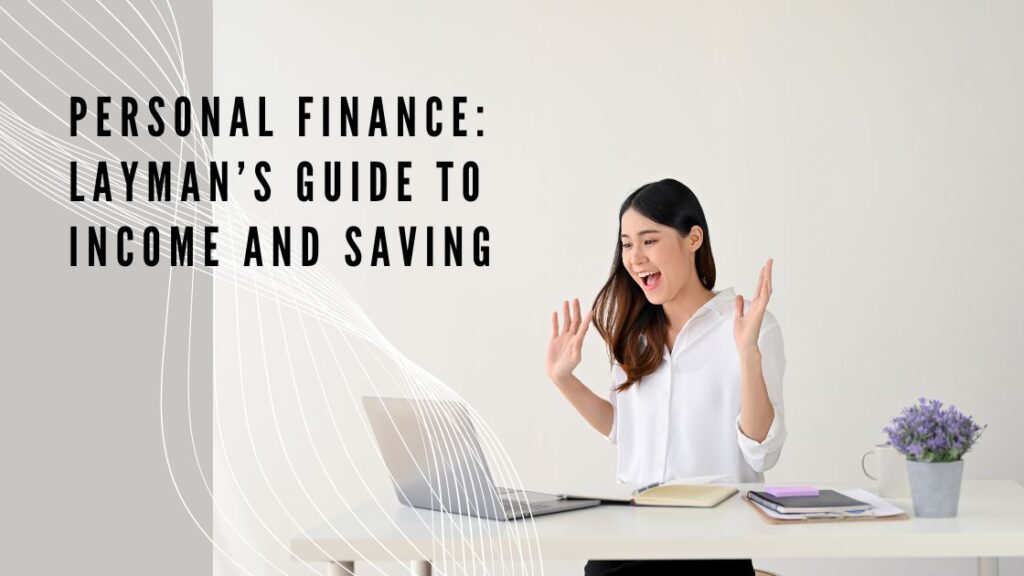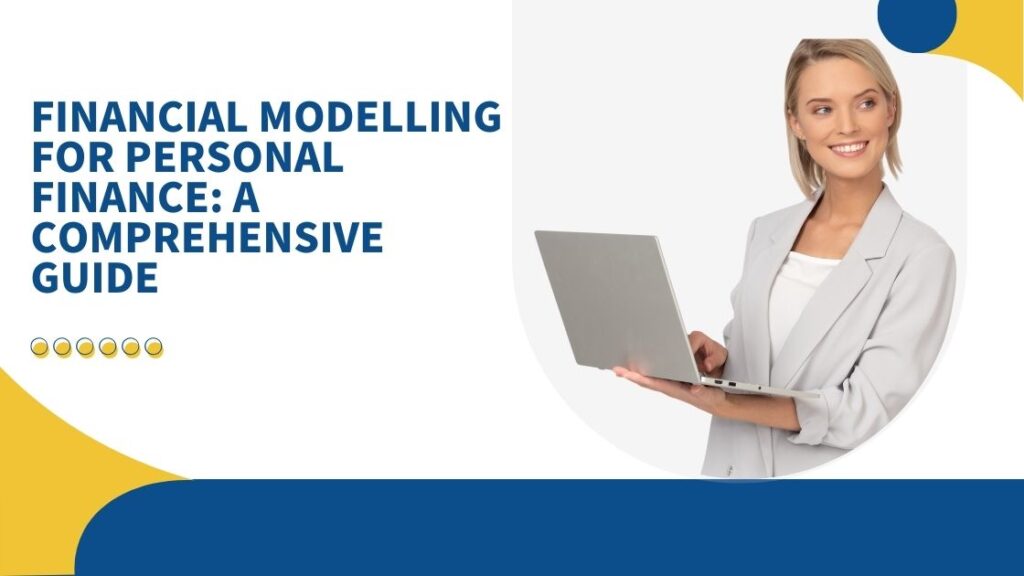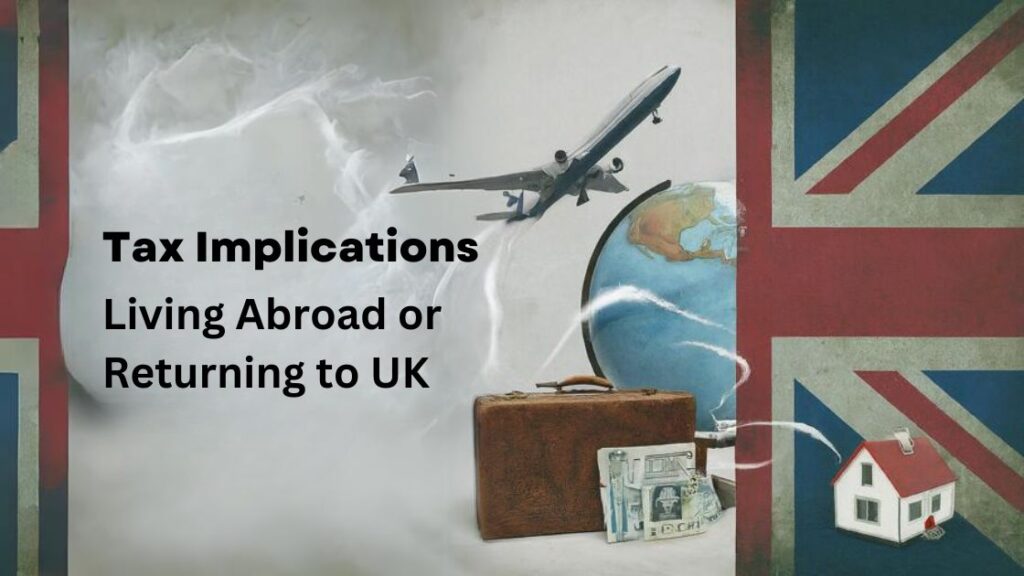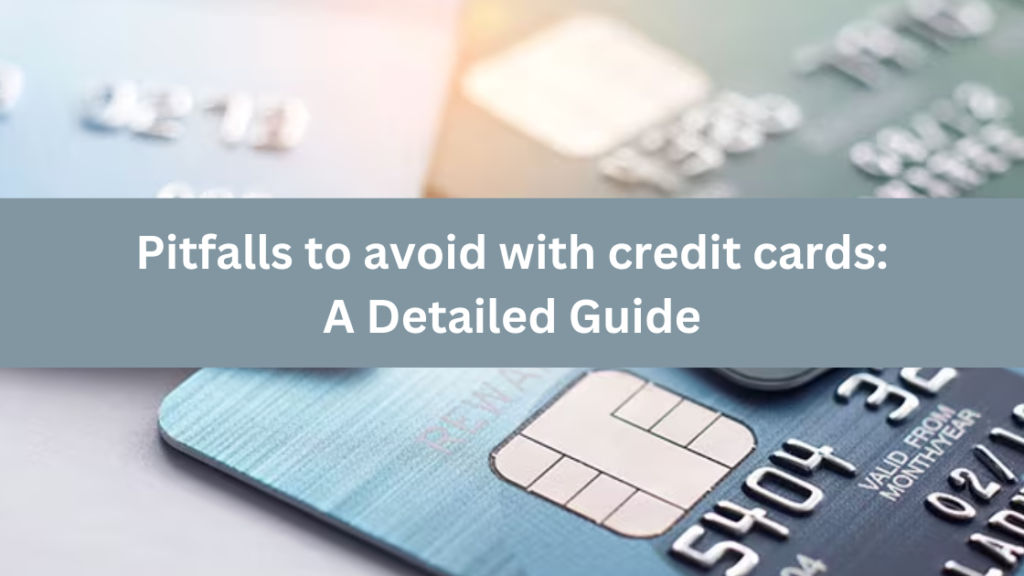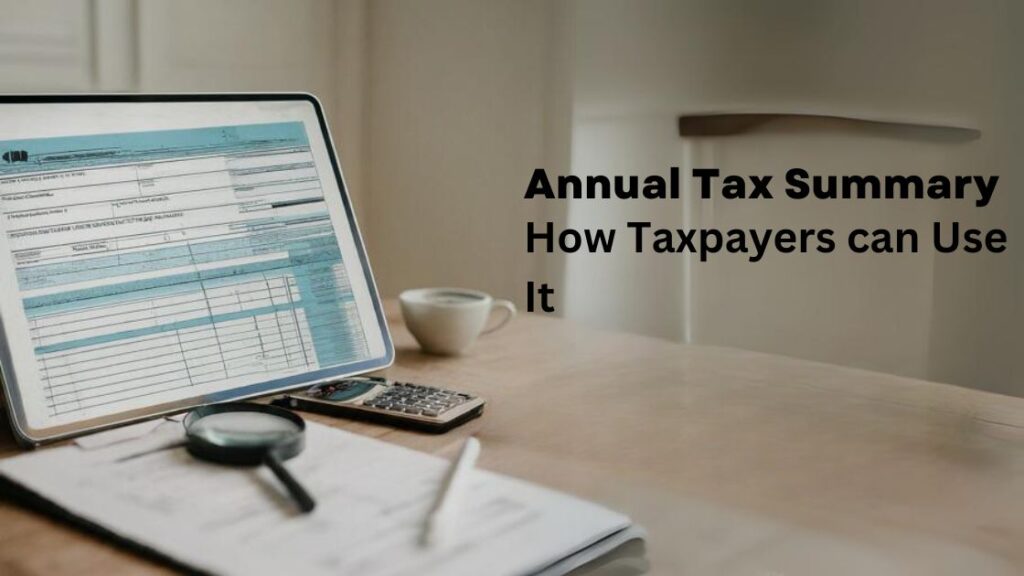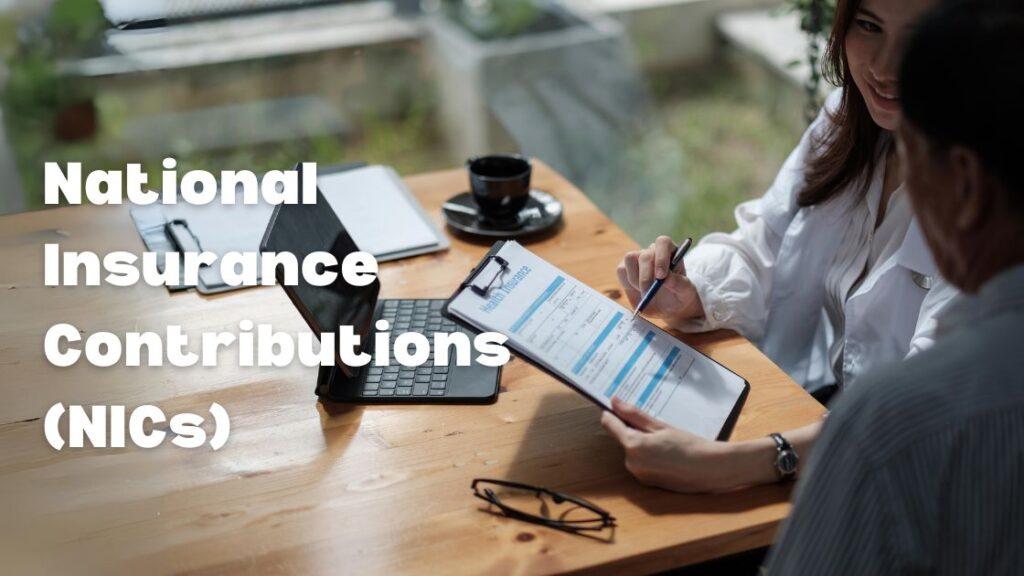Marriage Allowance:
To qualify for Marriage Allowance, you must be married or in a civil partnership. Marriage Allowance allows married couples or civil partners to transfer a portion of their Personal Allowance (£12,570) between them, potentially reducing their tax bill. It is necessary for one partner to be a basic rate taxpayer, earning less than the Personal Allowance (£12,570), while the other partner must be a higher rate taxpayer, earning between £12,571 and £50,270 a year.
If the partner earns less than the Personal Allowance, he or she can transfer up to 10% of the unused allowance to their spouse or civil partner, up to a maximum of £1,260. This increases the receiving partner’s Personal Allowance, resulting in a reduction in income tax. Marriage Allowance must be applied for by the partner who wishes to transfer their allowance. HMRC requires that both partners provide basic information about themselves, and the process is straightforward. It usually occurs online through HMRC’s website.
You can apply online, or through self-assessment, or by filling in Marriage Allowance form MATCF. Your tax code will change to reflect Marriage Allowance, i.e., your tax code will end with either M (if you are receiving allowance) or N (if you are transferring allowance).
You can backdate your claim up to four previous tax years if the eligibility criteria were met in those years. You need to cancel Marriage Allowance, if there are any changes in your circumstances that affect your eligibility for Marriage Allowance, such as changes in income or marital status.
Let’s understand this using a scenario:
- Partner A earns £30,000, which is above the Personal Allowance threshold.
- Partner B earns £10,000, which is below the Personal Allowance threshold.
This means, Partner B is eligible to transfer a portion of their unused Personal Allowance to Partner A.
- Now, calculate the Partner B unused Personal Allowance which can be transferred to Partner A.
Unused Personal Allowance: £12,570 – £10,000 = £2,570
- A partner can transfer maximum of 10% of unused Personal Allowance.
Maximum transferable amount: 10% of £2,570 = £257
This means, Partner A’s taxable income would then be reduced by £257, potentially resulting in a lower tax bill for Partner A.
Married Couple’s Allowance:
In the UK, married couples, or civil partners whose at least one member was born before 6th April 1935 are entitled to Married Couple’s Allowance tax relief. The amount of MCA is determined by the income of the individual with the higher income, known as the “recipient”. The maximum Married Couple’s Allowance amount is £11,080; the recipient must have an income below certain thresholds to qualify for full benefits of Married Couple’s Allowance. For every £2 of income above the threshold (£37,000 for the tax year 2024-25), the allowance is reduced by £1, but it cannot be reduced below £4,280. It may be possible for recipients with higher incomes to transfer a portion of the allowance to their spouse or civil partner so that their tax bill can be reduced.
You can backdate your claim up to four previous tax years if the eligibility criteria were met in those years. In the event of any changes in your circumstances affecting your eligibility for Married Couple’s Allowance, such as changes in income or marital status, it is essential to notify HMRC as soon as possible.
Blind Person’s Allowance:
Individuals who are blind or severely visually impaired are eligible for Blind Person’s Allowance tax relief in the United Kingdom. To qualify for Blind Person’s Allowance, an individual must be certified by an eye specialist as blind or severely visually impaired. A blind person can claim the allowance by registering the certification with HMRC. This is an additional amount that can be deducted from the blind person’s taxable income, which reduces the amount of tax owed. It may be possible for the blind person with low income to transfer the unused portion of the allowance to his/her spouse or civil partner, helping each other to reduce the tax bill.
For the tax year 2024-25, the Blind Person’s Allowance is £3,070. HMRC applies Blind Person’s Allowance automatically if they are aware of the individual condition or an individual can claim it through Self-assessment tax return. You can backdate your claim up to four previous tax years if the eligibility criteria were met in those years. In the event of any changes in your circumstances affecting your eligibility for Married Couple’s Allowance, such as changes in your visual impairment status or marital status, it is essential to notify HMRC as soon as possible.
Employment and Support Allowance (ESA):
Individuals who have limited capability for work due to illness or disability can claim for Employment and Support Allowance (ESA). This allowance benefits individuals by providing support they need to improve their health and well-being. To avail the benefits, you must be at least 16 years old, and have unable to work condition due to health condition. They must also satisfy certain residence and National Insurance contribution conditions. There are two types of ESA, namely, Contributory ESA and Income-related ESA. Contributory ESA is based on individual’s National Insurance contributions, while Income-related ESA considers the individual’s income and savings, as well as their partner’s income.
To claim the ESA, you must go through a Work Capability Assessment (WCA), which evaluates your ability to perform work-related activities, considering your health condition or disability. A periodic review is engaged to assess the individual health condition to ensure they receive appropriate level of support for the betterment of their health. If eligible, ESA is paid out every 2 or 4 weeks as per the individual preference. Additional support available to person claiming ESA are returning to work, access to training and education programs, and assistance with managing their health condition or disability.
Jobseeker’s Allowance (JSA):
Jobseeker’s Allowance is a financial aid provided to individuals who are actively searching for job but currently unemployed or working less than 16 hours per week. To avail Jobseeker allowance benefit, you must be at least 18 years older and actively looking for a job. They must also satisfy certain residence and National Insurance contribution conditions. They must also satisfy certain residence and National Insurance contribution conditions. There are two types of JSA, namely, Contribution-based JSA and Income-based JSA. Contribution-based JSA is based on individual’s National Insurance contributions, while Income-based JSA considers the individual’s income and savings, as well as their partner’s income. If eligible, JSA is paid out every 2 or 4 weeks as per the individual preference. Additional support available to person claiming JSA are training opportunities, job search assistance, and advice on improving employability skills.
Maintenance Payment Relief:
A maintenance payment to an ex-spouse or civil partner can also be tax deductible. Generally, you may claim it if you are paying under a court order after the relationship has ended, either of you were born before April 6, 1935, and the payment is for your ex-partner (not remarried or in a civil partnership) or your children under the age of 21. The maximum amount that you may claim is 10% of the maintenance amount. You may claim 10% of the maintenance amount, up to a maximum of £401.
When can you claim tax relief on your job expenses?
You can claim tax relief if you use your own money to buy for your work and use them only for work. You can claim for one of the below reasons.
- Working from Home : You can claim if you job requires you to live far away from the office or your employer doesn’t have an office. You can claim for phone bills and gas and electricity for the work area. You can claim for £6 a week tax relief.
- Spending on Uniforms, work clothing or tools required for the job : You can claim the actual amount you have spent or an agreed fixed amount. In either case, you need to keep the receipts. Fill out P87 form to claim actual amount.
- For vehicles you use for work : You can use own vehicle or a vehicle owned/leased by employer. If you are using your own vehicle, then tax relief can be claimed on approved mileage rate. If using company car, then you can claim tax relief on money you have spent on Fuel and electricity.
- Membership fees for professional bodies or trade unions directly related to your job.
- Spending on travel and overnight expenses : You can claim tax relief for money spent on pubic transport, hotel accommodation, food and drink, business phone calls, parking fees, and many other.
Dividend allowance
For tax year 2024/25, tax-free dividend allowance is £500 and for last year 2023/24 it was £1000. You also do not pay tax if your dividend amount is within the personal allowance. You get certain dividend money when you own shares of a company. However, you do not pay tax on dividends from shares in an ISA.
Tax on dividend money above the allowance value is based on your tax band.
| Tax Band | Tax on Dividend over allowance |
| Basic rate | 8.75% |
| Higher rate | 33.75% |
| Additional Rate | 39.35% |
Tax to be paid = Sum of total income + Dividend income – Personal Allowance
Let’s understand this using the scenario:
Let’s say your total salary for the tax year 2023-24 is £42,570.
You earned dividend income for the tax year 2023-24 is £2,000.
Your total income is: £42,570 + £2,000 = £44,570
Your total taxable income is: £44,570 – £12,570 = £32,000
The taxable income falls under basic rate 20% tax.
Reduce the Dividend allowance from the dividend income: £2,000 – £1,000 = £1,000
So, you will pay 8.75% tax on the taxable dividend income: £1,000 * 8.75/100 = £87.5
You will pay 20% tax on the remaining income: £32,000 – £2,000 = £30,000
20% tax on the £30,000 income is: £30,000*20/100 = £6,000
Total tax paid by you for the year 2023/24: £6,000 + £87.5 = £6,087.5
Savings interest
You can use personal allowances, personal savings allowance, starting rate for savings to avoid paying tax on the interest earned on savings. The tax-free starting rate for savings is £5,000. If your additional income is below the personal allowance and maximum tax-free savings interest, i.e., £17,570, then you are eligible for maximum of £5,000 tax-free savings interest. Every £1 of other income above your Personal Allowance reduces your starting rate for savings by £1.
Personal Savings Allowance:
Depending on the tax band on your total income plus the additional income, you are eligible for different personal savings allowance.
| Tax Band | Personal Savings Allowance |
| Basic rate | £1,000 |
| Higher rate | £500 |
| Additional Rate | £0 |

